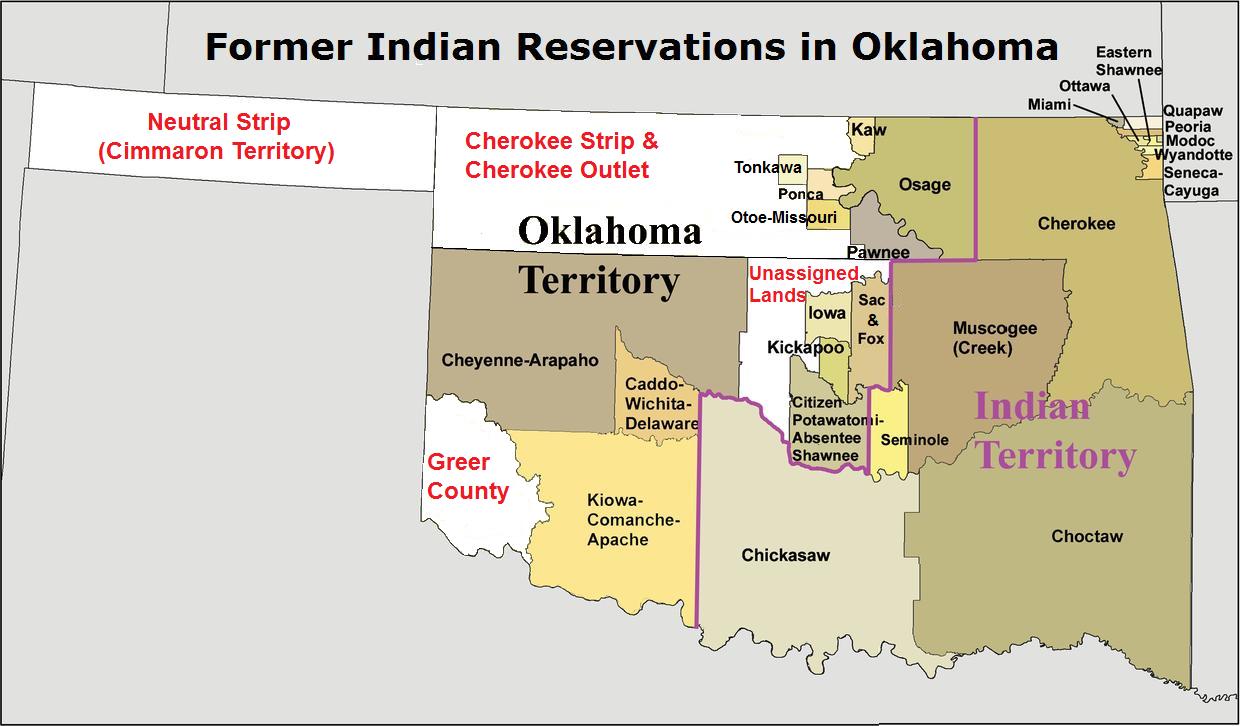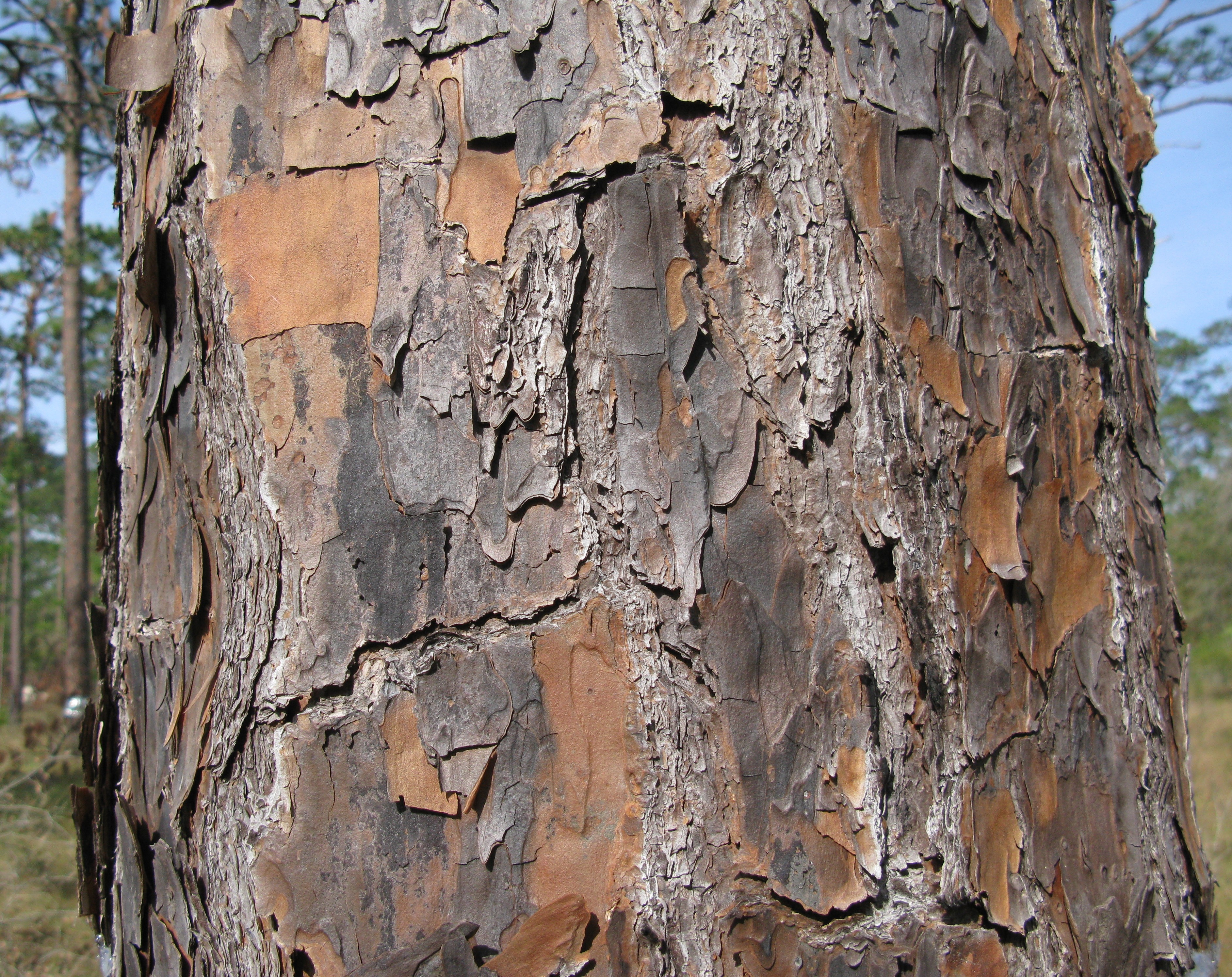|
Sorghastrum Nutans
''Sorghastrum nutans'', known as Indiangrass, is a North American prairie grass found in the United States and Canada, especially in the Great Plains and tallgrass prairies. It is sometimes called Indian grass, yellow Indian-grass, or wood grass. Description Indiangrass is a warm-season perennial bunchgrass. It is intolerant to shade. It grows tall, and is distinguished by a "rifle-sight" ligule where the leaf blade attaches to the leaf sheath. The leaf is about long. It blooms from late summer to early fall, producing branched clusters (panicles) of spikelets. The spikelets are golden-brown during the blooming period, and each contain one perfect floret that has three large, showy yellow stamens and two feather-like stigmas. One of the two glumes at the base of the spikelets is covered in silky white hairs. The flowers are cross-pollinated by the wind. The branches of pollinated flower clusters bend outwards. At maturity, the seeds fall to the ground. There are about 175 ... [...More Info...] [...Related Items...] OR: [Wikipedia] [Google] [Baidu] |
Sorghastrum
''Sorghastrum'' is a genus of grasses, native to Africa and the Americas. Members of the genus are commonly known as Indiangrass. ; Selected * '' Sorghastrum balansae'' (Hack.) Dávila - Paraguay * '' Sorghastrum brunneum'' Swallen - Mexico, Guatemala, Honduras * '' Sorghastrum chaseae'' Swallen - Mato Grosso, Paraíba * '' Sorghastrum contractum'' (Hack.) M.Kuhlm. & Kuhn - Brazil * '' Sorghastrum crassum'' Renvoize - Bolivia * '' Sorghastrum elliottii'' (C.Mohr) Nash – Slender Indiangrass - southeastern + south-central USA (Texas to Virginia) * '' Sorghastrum fuscescens'' (Pilg.) Clayton - Tanzania, Zambia, Malawi * '' Sorghastrum incompletum'' (J.Presl) Nash - Latin America from Mexico to Bolivia; Africa from Senegal to Zimbabwe * '' Sorghastrum minarum'' (Nees) Hitchc. - Bolivia, Brazil, Paraguay, Argentina * '' Sorghastrum nudipes'' Nash - Chihuahua, Durango, Sonora, Limpopo, Botswana, Namibia, Zimbabwe, Zambia, Mozambique, Malawi, Angola * '' Sorghastrum nutans'' (L.) ... [...More Info...] [...Related Items...] OR: [Wikipedia] [Google] [Baidu] |
Wind Pollination
Anemophily or wind pollination is a form of pollination whereby pollen is distributed by wind. Almost all gymnosperms are anemophilous, as are many plants in the order Poales, including grasses, sedges, and rushes. Other common anemophilous plants are oaks, pecans, pistachios, sweet chestnuts, alders, hops, and members of the family Juglandaceae (hickory or walnut family). Approximately 12% of plants across the globe are pollinated by anemophily, including cereal crops like rice and corn and other prominent crop plants like wheat, rye, barley, and oats. In addition, many pines, spruces, and firs are wind-pollinated. Syndrome Features of the wind-pollination syndrome include a lack of scent production, a lack of showy floral parts (resulting in small, inconspicuous flowers), reduced production of nectar, and the production of enormous numbers of pollen grains. This distinguishes them from entomophilous and zoophilous species (whose pollen is spread by insects and vertebrates r ... [...More Info...] [...Related Items...] OR: [Wikipedia] [Google] [Baidu] |
Andropogoneae
The Andropogoneae, sometimes called the sorghum tribe, are a large tribe of grasses (family Poaceae) with roughly 1,200 species in 90 genera, mainly distributed in tropical and subtropical areas. They include such important crops as maize (corn), sugarcane, and sorghum. All species in this tribe use C4 carbon fixation, which makes them competitive under warm, high-light conditions. Andropogoneae is classified in supertribe Andropogonodae, together with its sister group Arundinelleae. Subdivisions include 12 subtribes, but the position of several genera within them is still unresolved (''incertae sedis''). Hybridisation was probably important in the evolution of the Andropogoneae, and the tribe's systematics are still not completely resolved. From the morphological point of view, the merging of the former subtribe 'Dimeriinae' (having solitary spikelets borne in 'robust' raceme rachis ) into the subtribe Ischaeminae (having paired spikelets borne in 'fragile' raceme rachis) is ... [...More Info...] [...Related Items...] OR: [Wikipedia] [Google] [Baidu] |
South Carolina
South Carolina ( ) is a U.S. state, state in the Southeastern United States, Southeastern region of the United States. It borders North Carolina to the north and northeast, the Atlantic Ocean to the southeast, and Georgia (U.S. state), Georgia to the west and south across the Savannah River. Along with North Carolina, it makes up the Carolinas region of the East Coast of the United States, East Coast. South Carolina is the List of U.S. states and territories by area, 11th-smallest and List of U.S. states and territories by population, 23rd-most populous U.S. state with a recorded population of 5,118,425 according to the 2020 United States census, 2020 census. In , its GDP was $213.45 billion. South Carolina is composed of List of counties in South Carolina, 46 counties. The capital is Columbia, South Carolina, Columbia with a population of 136,632 in 2020; while its List of municipalities in South Carolina, most populous city is Charleston, South Carolina, Charleston with ... [...More Info...] [...Related Items...] OR: [Wikipedia] [Google] [Baidu] |
Oklahoma
Oklahoma ( ; Choctaw language, Choctaw: , ) is a landlocked U.S. state, state in the South Central United States, South Central region of the United States. It borders Texas to the south and west, Kansas to the north, Missouri to the northeast, Arkansas to the east, New Mexico to the west, and Colorado to the northwest. Partially in the western extreme of the Upland South, it is the List of U.S. states and territories by area, 20th-most extensive and the List of U.S. states and territories by population, 28th-most populous of the 50 United States. Its residents are known as Oklahomans and its capital and largest city is Oklahoma City. The state's name is derived from the Choctaw language, Choctaw words , 'people' and , which translates as 'red'. Oklahoma is also known informally by its List of U.S. state and territory nicknames, nickname, "The Sooner State", in reference to the Sooners, American pioneer, American settlers who staked their claims in formerly American Indian-o ... [...More Info...] [...Related Items...] OR: [Wikipedia] [Google] [Baidu] |
State Grass
The following is a list of official U.S. state grasses. __TOC__ Table See also * Lists of U.S. state insignia References {{DEFAULTSORT:List Of U.S. State Grasses . * Grasses U.S. state grasses . ... [...More Info...] [...Related Items...] OR: [Wikipedia] [Google] [Baidu] |
Pepper-and-salt Skipper
''Amblyscirtes hegon'', the pepper-and-salt skipper, is a butterfly of the family Hesperiidae. It is found from Nova Scotia and Maine, west to southern Manitoba, south to Georgia, northern Florida and south-eastern Texas. It is mostly absent from the coastal plain. The wingspan is 25–31 mm. Adults are on wing from April to July. There is one generation per year. The larvae feed on ''Poa pratensis ''Poa pratensis'', commonly known as Kentucky bluegrass (or blue grass), smooth meadow-grass, or common meadow-grass, is a perennial species of grass native to practically all of Europe, North Asia and the mountains of Algeria, Morocco, and Tuni ...'', '' Sorghastrum nutans'', '' Sorghastrum secundum'', and '' Chasmanthium latifolia''. Adults feed on flower nectar, including viburnum and blackberry. References External linksButterflies and Moths of North America Butterflies of North America Hesperiinae Butterflies described in 1864 Taxa named by Samuel Hubbard Scudde ... [...More Info...] [...Related Items...] OR: [Wikipedia] [Google] [Baidu] |
Longleaf Pine
The longleaf pine (''Pinus palustris'') is a pine species native to the Southeastern United States, found along the coastal plain from East Texas to southern Virginia, extending into northern and central Florida. In this area it is also known as "yellow pine" or "long leaf yellow pine", although it is properly just one out of a number of species termed yellow pine. It reaches a height of and a diameter of . In the past, before extensive logging, they reportedly grew to with a diameter of . The tree is a cultural symbol of the Southern United States, being the official state tree of Alabama. This particular species is one of the eight pine tree species that falls under the "Pine" designation as the state tree of North Carolina. Description The bark is thick, reddish-brown, and scaly. The leaf, leaves are dark green and needle-like, and occur in bundles of mainly three, sometimes two or four, especially in seedlings. They often are twisted and in length. A local Race (biology ... [...More Info...] [...Related Items...] OR: [Wikipedia] [Google] [Baidu] |
Panicum Virgatum
''Panicum virgatum'', commonly known as switchgrass, is a perennial warm season bunchgrass native to North America, where it occurs naturally from 55th parallel north, 55°N latitude in Canada southwards into the United States and Mexico. Switchgrass is one of the dominant species of the central North American tallgrass prairie and can be found in remnant prairies, in native grass pastures, and naturalized along roadsides. It is used primarily for soil conservation, forage production, game cover, as an ornamental grass, in phytoremediation projects, fiber, electricity, heat production, for biosequestration of atmospheric carbon dioxide, and more recently as a biomass crop for the production of ethanol and butanol. Other common names for switchgrass include tall panic grass, Wobsqua grass, blackbent, tall prairiegrass, wild Agrostis, redtop, thatchgrass, and Virginia switchgrass. Description Switchgrass is a hardy, deep-rooted, Perennial plant, perennial rhizome, rhizomatous gras ... [...More Info...] [...Related Items...] OR: [Wikipedia] [Google] [Baidu] |
Schizachyrium Scoparium
''Schizachyrium scoparium'', commonly known as little bluestem or beard grass, is a species of North American prairie grass native to most of the contiguous United States (except California, Nevada, and Oregon) as well as a small area north of the Canada–US border and northern Mexico. It is most common in the Midwestern prairies and is one of the most abundant native plants in Texas grasslands. Little bluestem is a perennial bunchgrass and is prominent in tallgrass prairie, along with big bluestem (''Andropogon gerardi''), indiangrass (''Sorghastrum nutans'') and switchgrass (''Panicum virgatum''). It is a warm-season species, meaning it employs the C4 photosynthetic pathway. Description Little bluestem grows to become an upright, roundish mound of soft, bluish-green or grayish-green blades in May and June that is about two to three feet high. In July, it initiates flowering stalks, which reach four to five feet in height. In fall, it displays a coppery or mostly orange c ... [...More Info...] [...Related Items...] OR: [Wikipedia] [Google] [Baidu] |
Andropogon Gerardi
''Andropogon gerardi'', commonly known as big bluestem, is a species of tall grass native to much of the Great Plains and grassland regions of central and eastern North America. It is also known as tall bluestem, bluejoint, and turkeyfoot. Taxonomy ''Andropogon gerardi'' was formally named in 1792 by Fulgenzio Vitman. It was named for French botanist Louis Gérard, who had first described the plant from specimens that had been cultivated in Provence, France. Kew's International Plant Names Index and USDA Germplasm Resources Information Network reject the spelling ''gerardii'' and provide reasoning for ''gerardi'' as being the correct spelling for the specific epithet of this taxon. ''Andropogon gerardii'' still makes appearances in various literature, including other USDA publications. Description Big bluestem is a perennial warm-season bunchgrass. It is tolerant of a wide range of soil conditions. The main roots are deep, and the plants send out strong, tough rhizomes, so i ... [...More Info...] [...Related Items...] OR: [Wikipedia] [Google] [Baidu] |
Ecoregion
An ecoregion (ecological region) is an ecological and geographic area that exists on multiple different levels, defined by type, quality, and quantity of environmental resources. Ecoregions cover relatively large areas of land or water, and contain characteristic, geographically distinct assemblages of natural communities and species. The biodiversity of flora, fauna and ecosystems that characterise an ecoregion tends to be distinct from that of other ecoregions. In theory, biodiversity or conservation ecoregions are relatively large areas of land or water where the probability of encountering different species and communities at any given point remains relatively constant, within an acceptable range of variation (largely undefined at this point). Ecoregions are also known as "ecozones" ("ecological zones"), although that term may also refer to biogeographic realms. Three caveats are appropriate for all bio-geographic mapping approaches. Firstly, no single bio-geographic fram ... [...More Info...] [...Related Items...] OR: [Wikipedia] [Google] [Baidu] |






